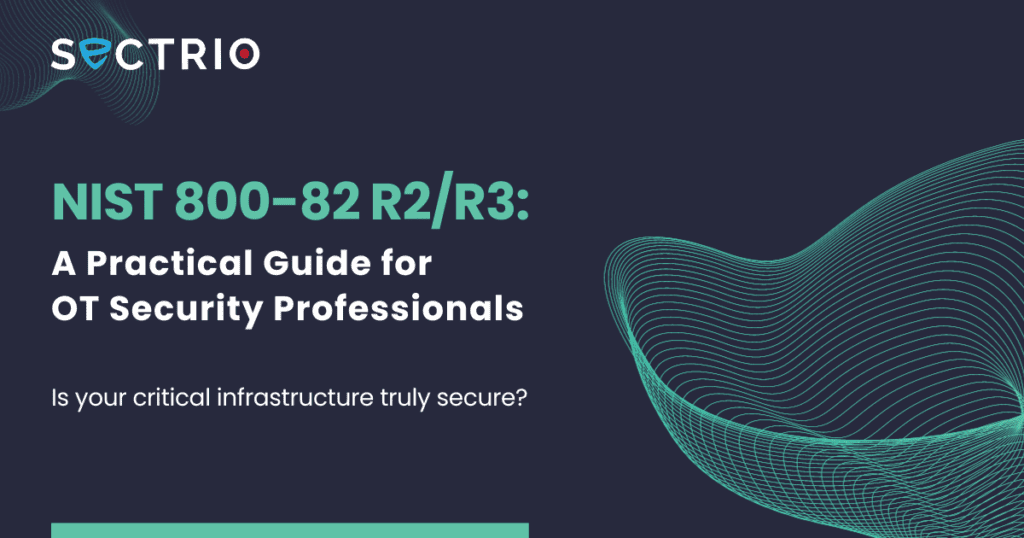In the past few years, it has been seen that industrial control systems (ICSs) are also vulnerable to cybersecurity incidents. As a result, organizations have become increasingly aware of their vulnerabilities, which has led to the deployment of security measures to boost the cybersecurity of their networks and devices. However, a persistent issue remains – a need for more knowledge regarding the extent and total number of assets these organizations hold. With no comprehensive guidelines on the nature and scope of the assets possessed by an organization, it becomes challenging to implement security measures. Without knowing the full scope, it becomes challenging to secure all devices effectively, leaving some vulnerable and unprotected. Adhering to the age-old adage that ‘a chain is only as strong as its weakest link,’ we can infer that failing to secure all assets uniformly renders these security measures inadequate. As a result, it is highly significant to create a complete set of guidelines on asset inventory management, covering all assets involved in the operational process to counter cyber threats. If executed meticulously, this inventory will compile detailed information for each asset, including software or firmware versions that may have been installed. This information will enable organizations to manage vulnerabilities effectively, take all necessary steps to investigate, and provide adequate responses. This blog describes the different types of asset inventories that can be generated. It will also provide information on the tools that can be used to create them and give a step-by-step guide on how to manage these inventories effectively and accurately. However, before getting into the specifics of asset inventory, let us understand the significance of OT/ICS in a nutshell. For any industry, OT/ICS is the lifeblood, covering all essential segments like manufacturing, energy production, transportation, and more. They are the brains that control all systems, from the power grid in a city to conveyor belts in a factory. Without these systems, the world as we know it would come to a halt. What Is Asset Inventory Management? Asset inventory management is the meticulous process of cataloging, tracking, and maintaining an up-to-date record of all the assets within the OT/ICS environment. That being said, the assets in question can include anything from programmable logic controllers (PLCs) to sensors, actuators, and even software systems. In short, it’s the same as making a complete inventory of every tool in a chef’s kitchen. Here is a list of the information that an OT/ICS asset inventory typically contains: Why Is It Crucial? You may be wondering why such thorough record-keeping is required. Well, here’s the crux of the matter: assets within OT/ICS are not just tools; they are the lifeline of operations. They are like the vital organs of a living organism. To keep things functioning well, you have to understand each asset’s condition, location, and function. The Role of Asset Inventory Management Asset inventory management serves several critical roles in the world of OT/ICS: Reliability Assurance: By keeping tabs on the condition of assets, organizations can schedule maintenance and replacements proactively, ensuring minimal downtime and maximum efficiency. Security Enhancement: In an age where cyber threats are ever-looming, knowing your assets inside out is essential for strengthening the cybersecurity of these systems. It is similar to building a fort with no internal flaws. Compliance Adherence: Different industries have specific regulations and standards to follow. Maintaining an accurate asset inventory helps organizations stay compliant with these rules, avoiding costly penalties. Risk Mitigation: Unexpected situations can arise, like equipment failures or security breaches, that can wreak havoc. Asset inventory management helps you identify and mitigate such risks, thus allowing organizations to be prepared for the worst at all times. Recommended reading: How to get started with OT security In crux, asset inventory management is the watchful guardian of the OT/ICS world, ensuring everything runs smoothly and securely. It’s the difference between chaos and order, vulnerability and resilience. What Are the Types of Asset Inventory? There are several types of asset inventories that organizations may use, depending on their specific needs and the nature of their assets. Here are the most common types of asset inventories: Type of Asset Inventory Description Physical Asset Inventory Tracks tangible assets like machinery and equipment. Digital Asset Inventory Manages software, licenses, and digital content. Fixed Asset Inventory Monitors long-term assets like buildings and major equipment. Movable Asset Inventory Tracks easily relocatable assets like laptops and mobile devices. IT Asset Inventory Manages IT resources, including servers and software licenses. Financial Asset Inventory Tracks investments, securities, and financial holdings. Personnel Asset Inventory Manages human resources, skills, and training records. Inventory of Consumables Monitors consumable items like raw materials and office supplies. Software Asset Inventory Manages software licenses, installations, and updates. Intangible Asset Inventory Tracks non-physical assets like patents and copyrights. Facility Asset Inventory Focuses on building and facility assets like HVAC systems. Transportation Asset Inventory Tracks vehicles and assets in transportation and logistics. What are the Steps to Creating an Asset Inventory in ICS? Creating an asset inventory in ICS involves several key steps to ensure that all assets are accurately identified, tracked, and managed. Here are the essential steps to create an asset inventory in ICS: Define the scope: Clearly delineate the boundaries of your ICS environment, including all interconnected systems, subsystems, and networks. Define what is within its scope and what is outside of it. Gather stakeholder input: Engage with various departments, such as operations, IT, maintenance, and security teams, to understand their needs and priorities regarding asset identification and management. Identify asset categories: Create asset categories that align with your organizational goals. For example, categories might include “Control Systems,” “Networking Equipment,” “Physical Devices,” and “Software Applications.” Asset Discovery: Implement network scanning tools that can identify assets automatically. These tools should provide information about asset IP addresses, MAC addresses, and open ports. Manual Verification: Not all assets may be discoverable through automated scans. Perform physical inspections to identify assets that might be offline, hidden, or not connected to the network. Asset Documentation: Create a comprehensive






